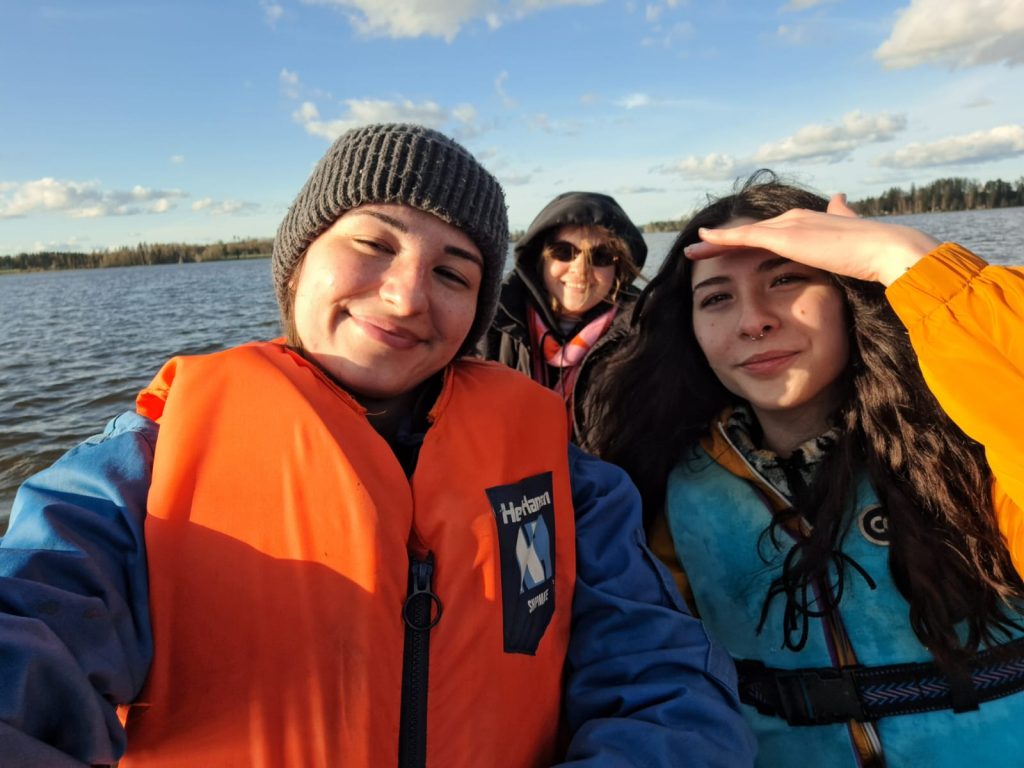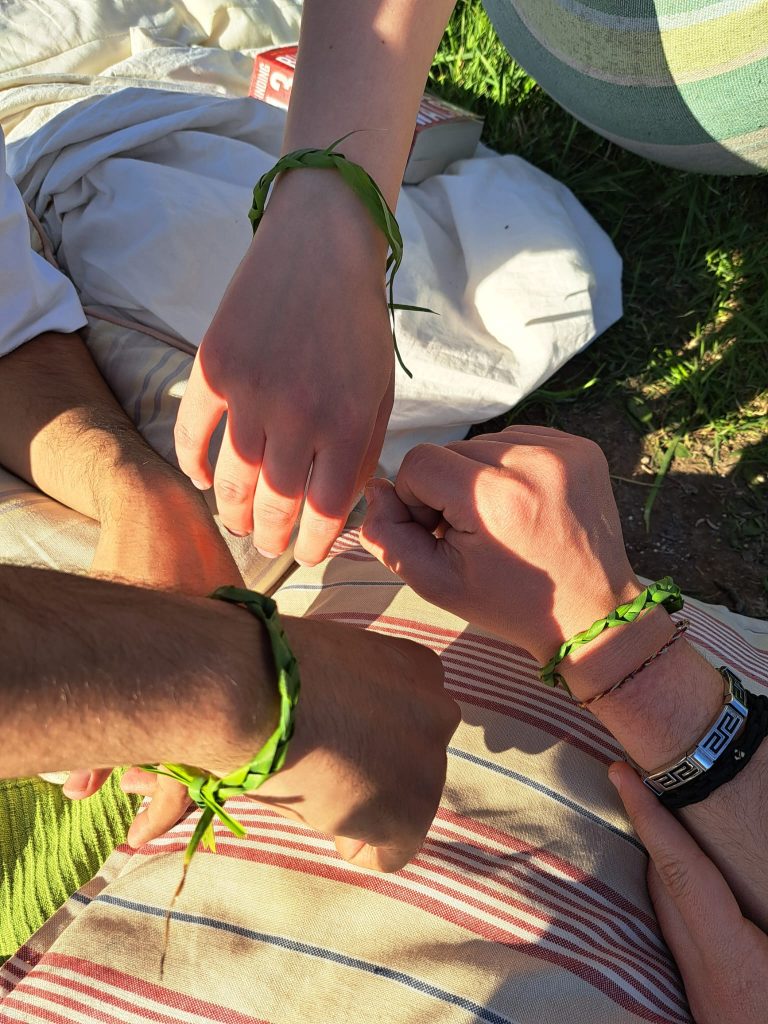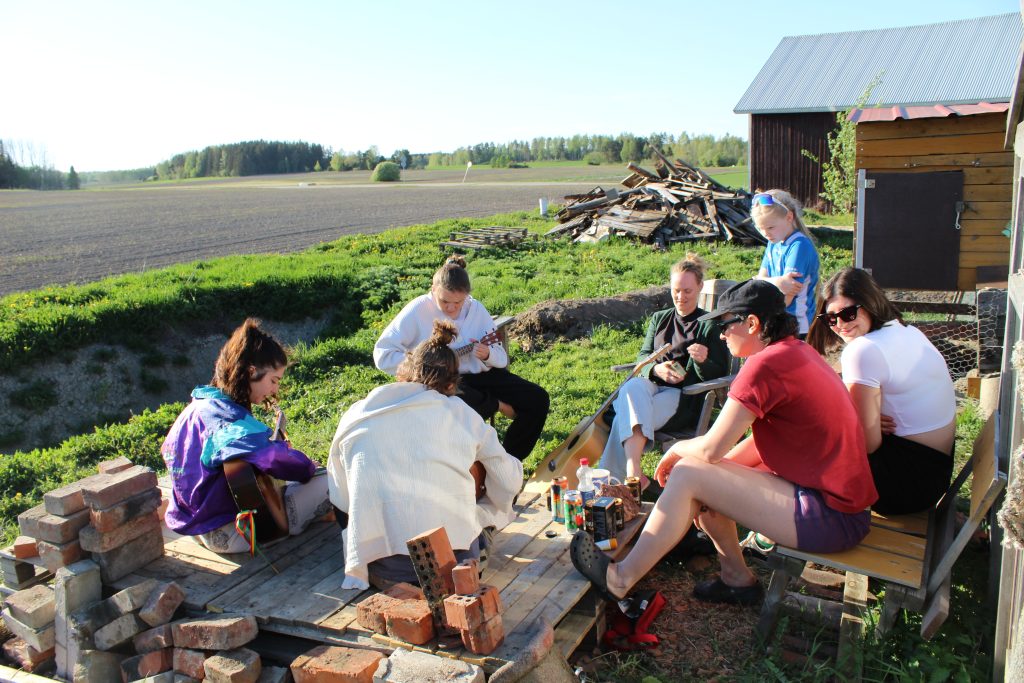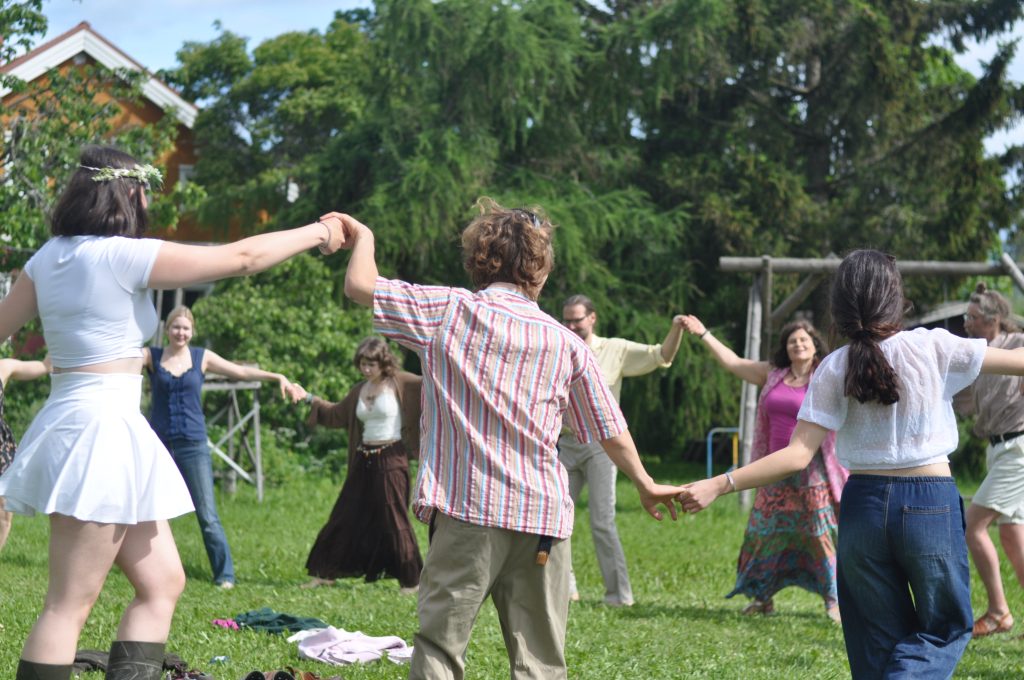Have we ever consciously thought about our relationship with objects, consumption, and “well-being”?
What is essential, what is not, what do we really need?
Perhaps that was the first question I asked myself when I knew I was going on this adventure: what do I need?
It’s not easy to try to scale back our needs or change the idea that anything might come in handy because you never know. So, after trying to carefully select clothes and objects, making a list over and over again, and buying a 70-liter backpack, I did what I think many other people would have done: I stuffed everything I considered essential into my backpack and didn’t open it until I arrived.
After spending enough time here and adjusting my routine to this lifestyle, I can say that if I were to leave now, I would pack that backpack differently.
Daily life in the village is peaceful, and the simplicity you find brings peace. What you find is what you need for the work at hand, and every object can have a second life. Wooden beams can become the basis for new projects, shelves, or racks, or be turned into wood chips that will be used for dry toilets. Used towels are used for cleaning, clothes we no longer want may become someone else’s new favorite T-shirt or sweatshirt, and shredded fabric and paper are used for more creative projects.
We live in a world that pushes us to buy, but here i’m learning to repair.
In this context, it is therefore normal for us volunteers to adapt and learn to limit excessive consumption. It may be difficult at first, as the habit of having and buying is not always easy to eradicate. It takes time to realize what we really need.
So you start to realize what makes you feel good: an afternoon spent reading together, several volleyball games where you can’t stop laughing because the ball hits you on the nose, canoe trips, or dining together and sharing quiet moments. In these moments, no one needs much, just real things!
Since it’s not always easy to know where to start and it’s never too late to learn, here are some tips for reducing consumption and reusing creatively:
Buy used (and proudly): Whether it’s clothes, books, furniture, or appliances, everything you need is already out there. Second hand shops are mini treasure troves!
Learn the art of ‘gentle bartering’: Exchanging things with friends or in the community is wonderful. Money isn’t always necessary: sometimes a cake in exchange for a book is enough.
Simplify your routine: Fewer body care products, fewer items in the kitchen, fewer apps. Simplicity lightens the mind.
Eat local, seasonal, and shared: Reduce packaging, transport pollution, and waste. Here, we often cook together with what we have. And it tastes better.
Choose quality, not quantity: Better one well-made, durable item than three disposable ones. Even if it costs a little more at first, in the long run it’s good for your wallet (and the planet).
Cultivate gratitude (not your shopping cart): We often consume out of boredom, lack, or to fill voids. But living with less teaches you to appreciate more!
Maybe I won’t always live in an ecovillage, maybe I’ll go back to filling my backpack with too many things. But now I know that I can choose, and that well-being does not depend on how much we own, but on how much we are able to live with presence, creativity, and gratitude.
And you, what would you put in your backpack today?
Try looking around: is there something you can let go of… and something you can bring back to life?




